Experiencing a traditional Turkish bath, also known as a “hammam,” is a unique and rejuvenating experience that you should not miss when visiting Turkey.
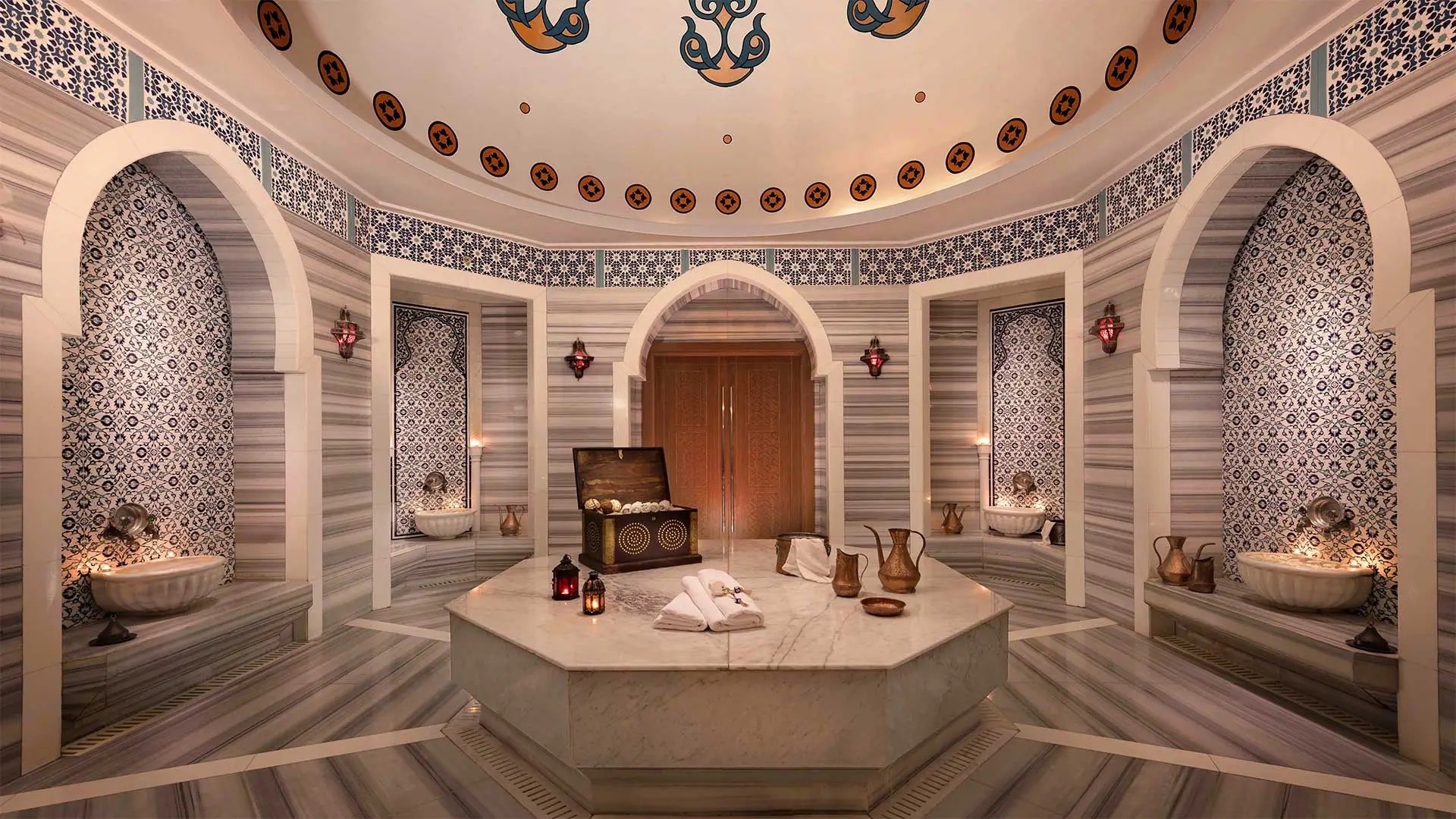
HISTORY
The origins of Turkish baths can be traced to the ancient Roman Empire. The Romans, lacking showers and baths at home, had a widespread system of public baths which became central to towns and villages across the Empire. Everyone went to the baths, they were a place to socialise and meet as well as bathe.
With the start of the Ottoman Era, the Ottomans took this custom, but built them in the Islamic style. They harnessed some elements of the Romans, and added the concept of freshly flowing water. In this way, the baths became a place to cleanse oneself completely.
Turkish baths were designed to be luxurious and comfortable and included a variety of amenities, such as marble floors, open-air courtyards, and ornamental fountains.
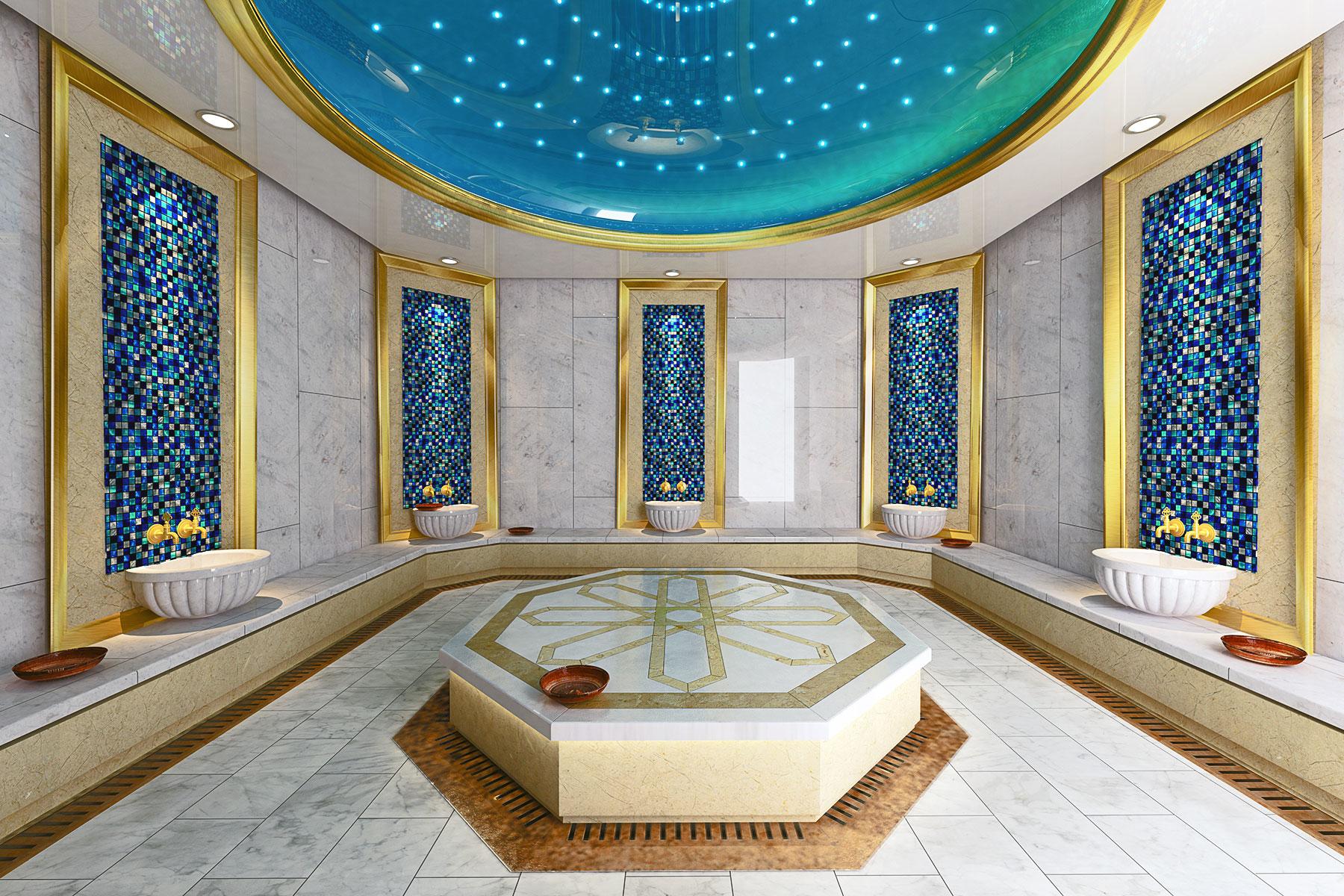
CHOOSING A HAMMAM
Research and choose a reputable hammam with positive reviews. Many major cities in Turkey, such as Istanbul, Kusadasi, and Izmir, offer hammams catering to tourists. We got ours done at the Grand Belish Hotel & Spa in Kusadasi, and it was amazing! We ordered the 90 minute hammam & massage package, which cost 50 USD/person.
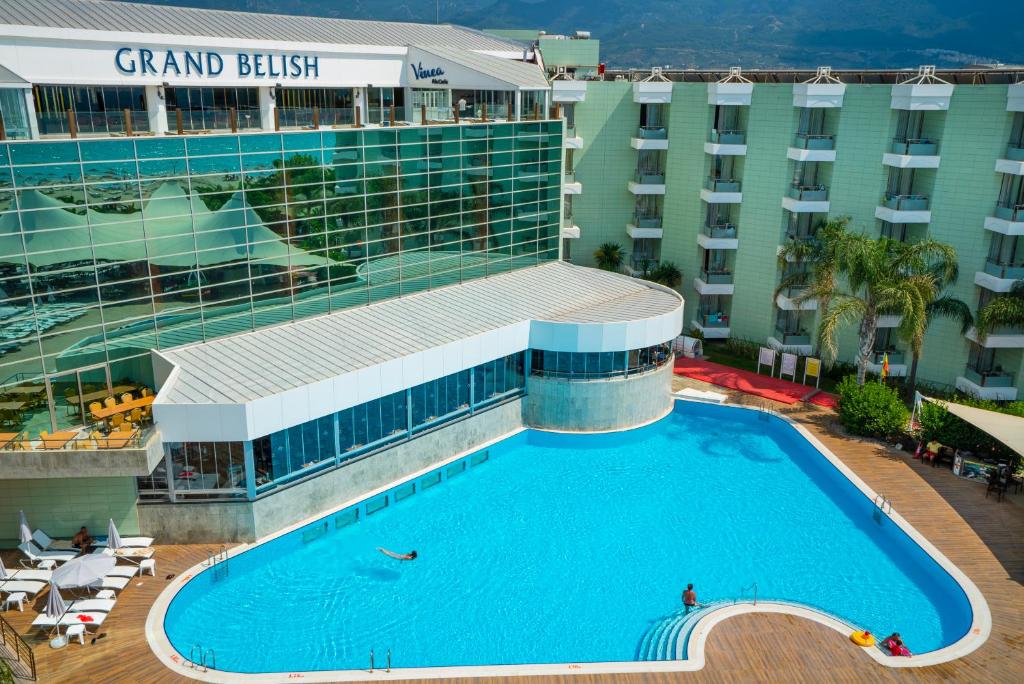
EXPERIENCING A TURKISH BATH
We had an incredible experience getting a Turkish Bath. When else do you get to just sit and relax while somebody else scrubs you clean? Here’s everything you know about experiencing a Turkish Bath.
PREPARATION
When going to a Turkish Bath, bring a towel and a change of clothes. Some hammams provide these items, but it’s best to check in advance.
When we arrived at the hammam, they asked us if we had a preference of male or female masseuses. Then, we were given a key for a locker and instructed to strip naked and wrap ourselves with the provided towels. They also provided flip flops to wear in the hammam.
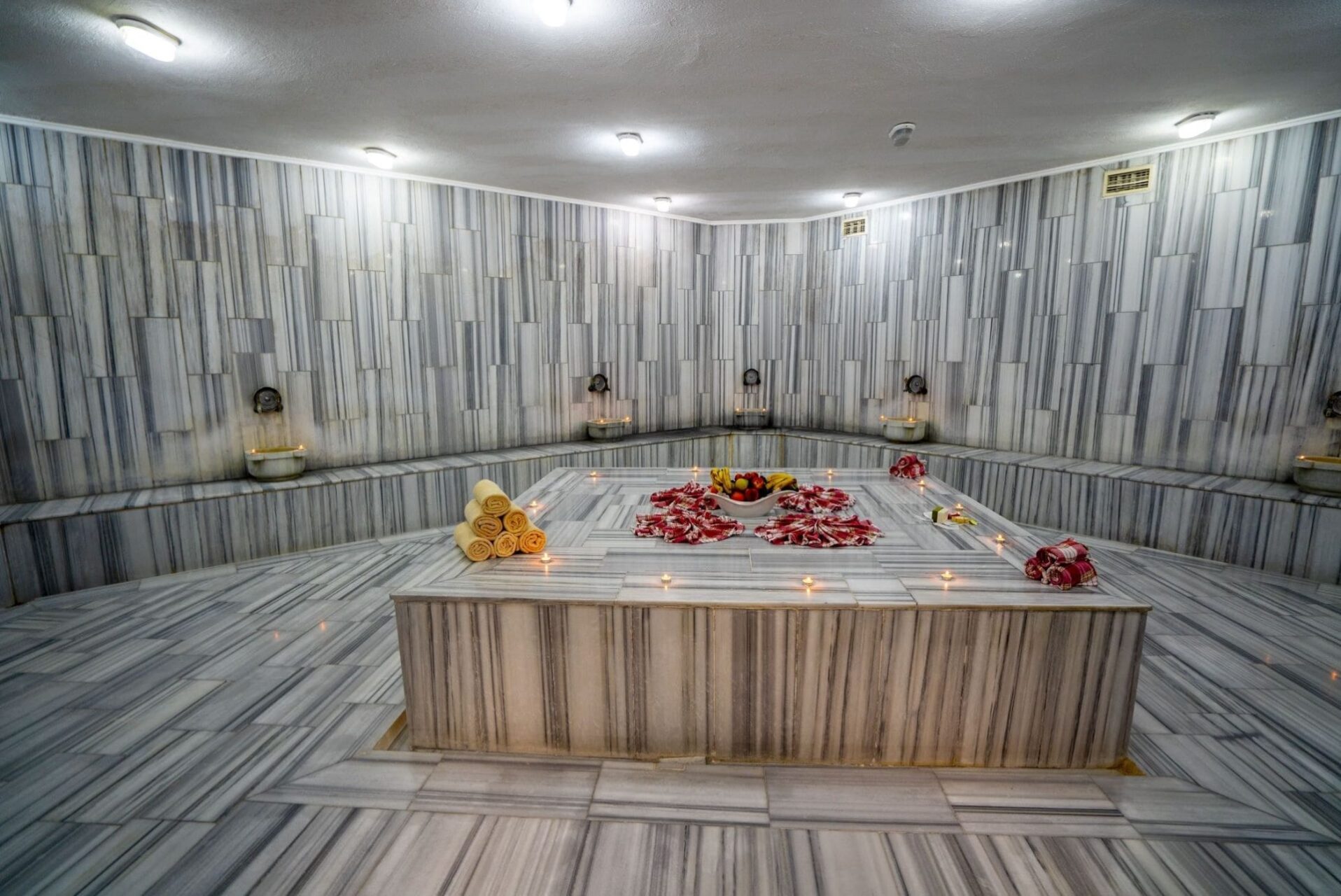
THE HAMMAM RITUAL
The typical hammam ritual involves several steps:
- Sauna: We began our experience in sauna. We sat in the sauna for about 20 minutes, relaxing and enjoy the soothing atmosphere.
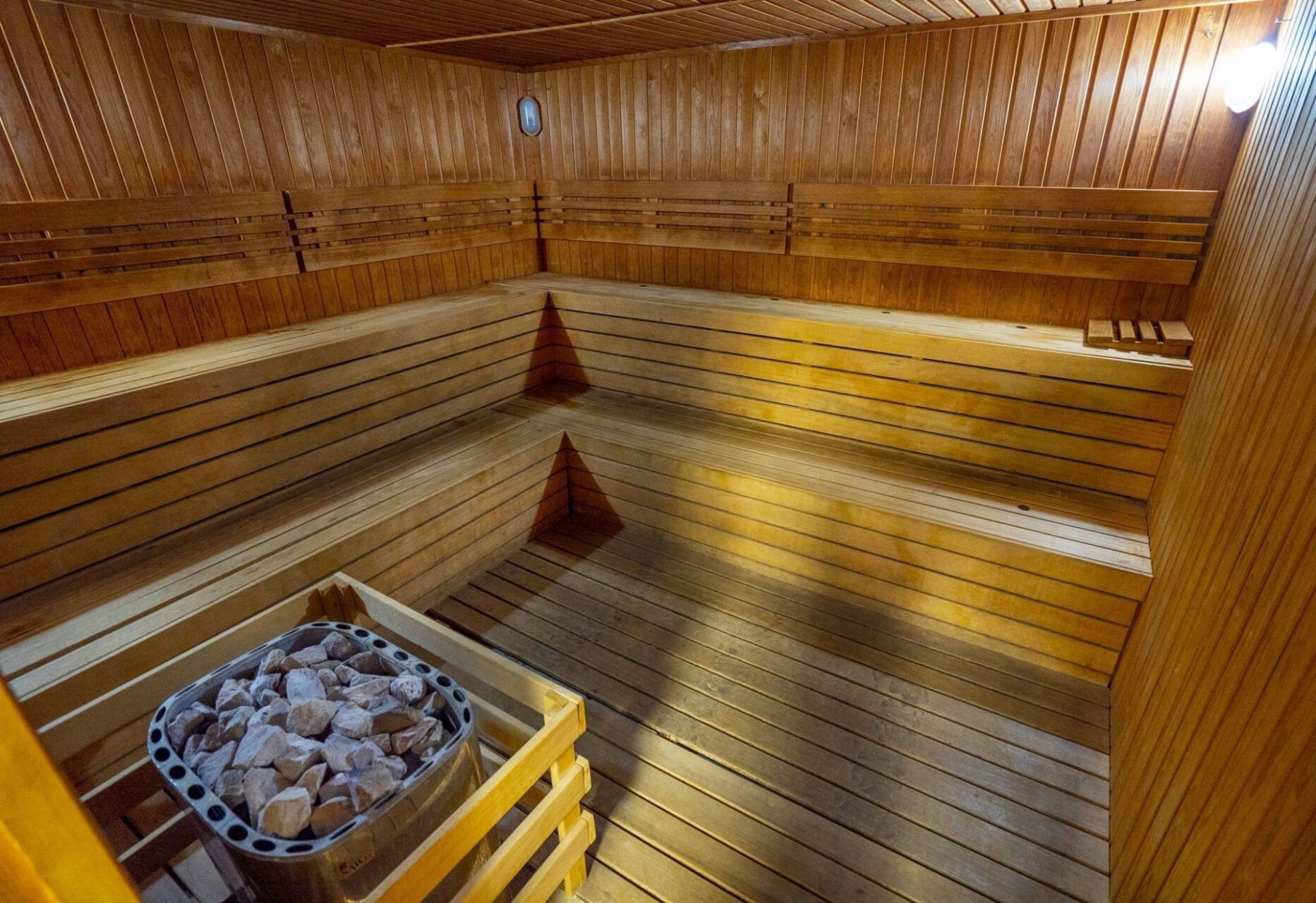
- Warm-up Room (Sıcaklık): The central area of the hammam is the warm room, also known as the sıcaklık. This room generally has a dome-shaped ceiling, and is made of marble. In the centre of the warm room, there is a large raised heated marble slab called the göbektaşı, where guests can lie down and relax for their hammam.

- Scrubbing (Kese): Our tellaks (the bathhouse masseurs) de-robed us and had us lay naked on the heated marble slab, and scrubbed us down with a coarse mitt (kese). This exfoliating process removes dead skin cells and revitalises your skin.
- Foam Massage (Köpük Masajı): After scrubbing, the tellaks brought out a big tub of bubbles made from special soap, which they used to cover us in fluffy bubbles while giving us a gentle massage. The massage helped soothe muscles and relieve tension.
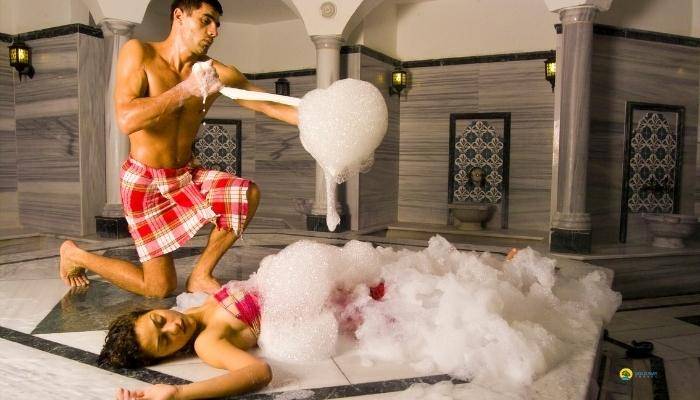
- Cold Water Splash (Soğuk Su): After the foam massage, we were led to the sinks to be splashed and rinsed with cool water.
- Relaxation (Oturma Mahallesi): After the bath, we were given a face mask for about 20 minutes, before we headed to the massage room for a 30 minute massage.
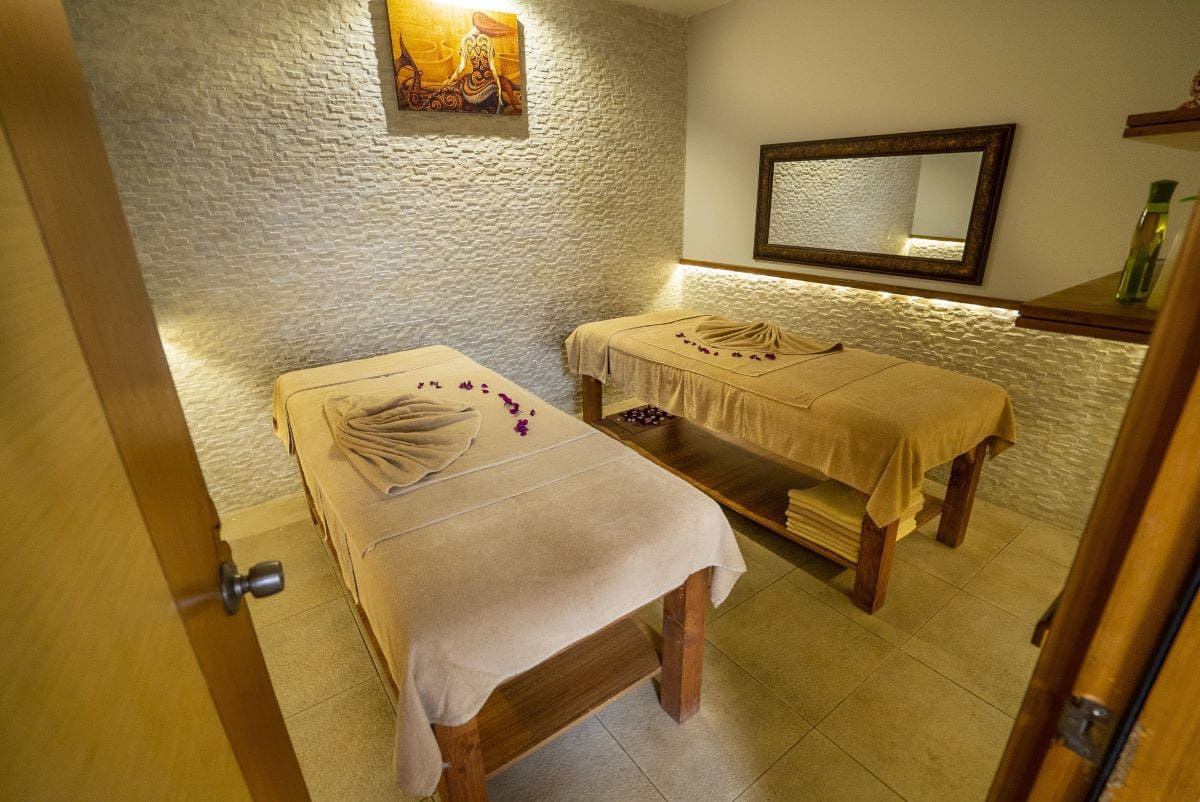
We walked out feeling extremely refreshed and relaxed after our Turkish bath. Every part of the experience was extremely relaxing, from deep exfoliation, being covered in foamy bubbles, and the massage. It was well worth the 50 USD we paid, and it’s a great way to spend an evening in Turkey!

To check out our full Pammukale gallery, click here!
